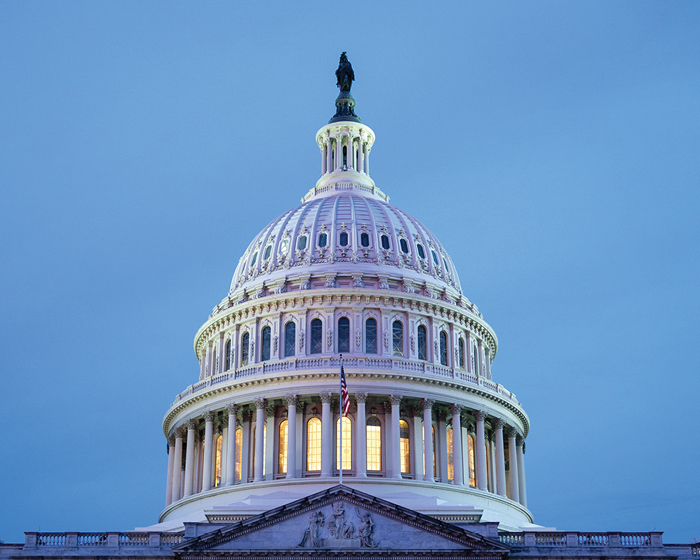Key Takeaways
- The House of Representatives will release legislative language soon on the tax reconciliation bill.
- There are more indications that many of the bill's provisions will have short expirations.
- While shorter-term changes reduces the sticker cost, it could raise fears of deficit-busting.
- Republicans are looking to a smaller bill after failing to find adequate spending cuts.
- A current policy baseline may work for Congress but won't fool lenders on the bill's overall cost.
The House Ways and Means Committee plans to begin to publicly debate and amend tax legislation on May 13–a big step in the reconciliation process, with the ultimate goal of producing “one big, beautiful” bill to extend the 2017 Tax Cuts and Jobs Act. Assuming the markup isn’t delayed again, it will be the first time we see detailed language of these proposals.
This is the stage where seemingly dead and buried ideas mysteriously come back to life to haunt the proceedings. After dropping a proposed top bracket income tax hike last month, President Donald Trump brought it back into the mix this week—only to throw cold water on it again in a social media post earlier today. And after Republicans committed themselves to making long-lasting changes to the tax code, temporary boosts are apparently under consideration again as well.
Rep. Ron Estes, R-Kan., a member of Ways and Means, said he expected a “bunch” of the reconciliation items to be time-limited by anywhere between four to eight years. And many of the items that President Donald Trump has requested, including further tax breaks for domestic manufacturers, would expire in 2029.
There are a few reasons this might be an attractive option for Republicans. For starters, an expiration may help win over skeptics who’d prefer not to add new permanent exemptions to the code, increasing its complexity. (Though it’s likely there’d be strong pressure to keep extending them anyways.) But the main reason is the cost—because reconciliation bills are estimated over a 10-year timeframe, a four-or-five year change costs less than one that would last for the full decade, or permanently.
The overall picture seems to suggest a new emphasis on stacking more tax changes into the first few years. That could be driven by hopes that the tax bill could give the economy a boost, and ward off a potential downturn during Trump’s second term. But it’s in direct opposition to Congressional Republicans’ desire to add stability and permanency into the tax code.
It also faces a tough audience among the deficit hawks who already fear that the reconciliation bill will drastically add to the national debt. Shortening a provision’s lifespan to a few years may decrease its cost on paper, but that savings is negated if Congress decides to extend the policy indefinitely. And surely, a new president in 2029 won’t want to see a large tax hike take effect in their first year in office.
This could emphasize that among Republicans, there aren’t just different policy priorities—there are different ideas about what the goal of the tax bill should be.
Tax Pieces From the Past Week:
Capitol agenda: The shrinking Trump tax cuts – Ben Leonard and Lisa Kashinsky, Politico:
Favorable Tax Cut Baseline Won't Fool Lenders, House Told – Asha Glover, Law360 Tax Authority ($):
Republicans Flesh Out Trump’s ‘No Tax on Overtime’ Idea—With Limits – Richard Rubin, The Wall Street Journal:
Tax writers seek spending cuts to finance budget bill – Zach Cohen, Bloomberg Tax ($):
The Future of IRA Credit Transfers: Predictions From the First Year – Marie Sapirie, Tax Notes ($)
Make a habit of sustained success.



